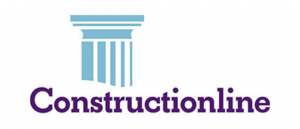All electrical installations deteriorate with age and use. They should therefore be inspected and tested at regular intervals to check whether they are in a satisfactory condition for continued use.
Such safety checks are commonly referred to as ‘periodic inspection and testing’. Once completed you are issued with an Electrical Installation Condition Report (EICR).
A periodic inspection will:
- reveal if any of your electrical circuits or equipment are overloaded;
- find any potential electric shock risks and fire hazards;
- identify any defective electrical work;
- highlight any lack of earthing or bonding.
Safety tests are carried out on wiring and fixed electrical equipment. A schedule of circuits is also provided, which is invaluable for a property.
A periodic inspection should be carried out every:
- 10 years for an owner-occupied home;
- 5 years for a rented home;
- 5 years for commercial properties;
- 3 years for industrial properties;
- 3 years for agricultural;
- 1 year for fire alarms and emergency lighting;
- 1 year for petrol stations;
- 3 months for construction site installations.
Other times when a periodic inspection should be carried out are:
- when a property is being prepared for letting;
- before selling a property or buying a previously-occupied property.
David Sykes Electrical can carry out periodic inspection and testing and check the condition of the electrics against the UK standard for the safety of electrical installations, BS 7671 – Regulations for Electrical Installations (IET Wiring Regulations).
Following the periodic inspection, David Sykes Electrical will then issue an Electrical Installation Condition Report detailing any observed damage, deterioration, defects, dangerous conditions and any non-compliances with the present-day safety standard that might give rise to danger. If anything, dangerous or likely to become dangerous is found, the overall condition of the electrical installation will be declared to be ‘unsatisfactory’, meaning that remedial action is required without delay to remove the risks to those in the premises.




